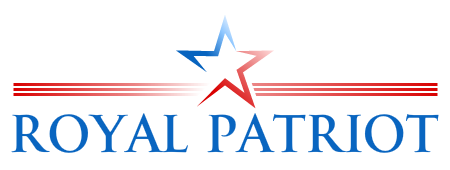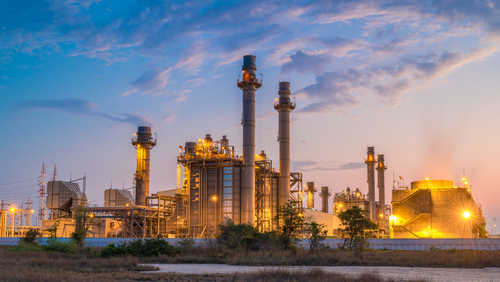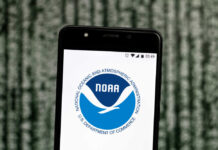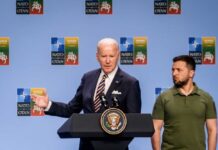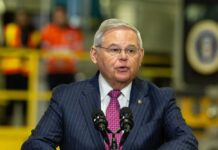(RoyalPatriot.com )- An Israeli professor’s proposal for producing renewable energy on the lunar surface, presented to NASA in August, would bring solar power to Earth’s nearest sizeable celestial body as NASA plans to send astronauts back to the Moon in 2025.
Energy production for life support and research systems is a top priority for NASA, which plans to start building a lunar base within the next ten years. Professor Jeffrey Gordon, emeritus at Ben-Gurion University, presented the group with what he believes to be a workable solution: solar energy without energy storage.
As part of Gordon’s plan, a 360° ring of photovoltaic (PV) solar panels will be positioned close to the lunar pole. The generated power would be transmitted via transmission lines to oxygen generators closer to the lunar pole.
The astronauts would use oxygen generators, but they would also be used to create rocket fuel to travel further into the solar system and reach planets like Mars. The cost of launching rockets from Earth would be lower if it were possible for them to refuel from the Moon. Rockets must launch with enough fuel for the outbound and return trips.
Given the durability of fission materials, it is widely believed that NASA favors nuclear fission technology for generating electricity on the lunar surface. Because the Moon spends almost half of its rotation facing away from the sun, solar PVs are thought to be problematic.
Gordon argued that his system has more specific power (kW of power generated per kilogram of material) than nuclear fission and transmits continuously without needing battery storage. According to Gordon, his strategy is successful because of the moon’s absence of an atmosphere and its polar axis’ “near-zero tilt concerning the ecliptic plane.”
Due to the weight of battery storage systems, the professor asserted that his system would be 100 times better than a PV system that relies on batteries. He calculated that his suggested system would outperform nuclear fission systems by at least six.
Gordon began developing his solar plan with Israeli start-up The Helios Project, which aims to bring the essential technology for human survival to both the Moon and Mars. Even though that partnership failed, Gordon continued to develop his strategy.
Before being asked to speak at NASA, Gordon published his suggested plan in Renewable Energy in March 2022.
